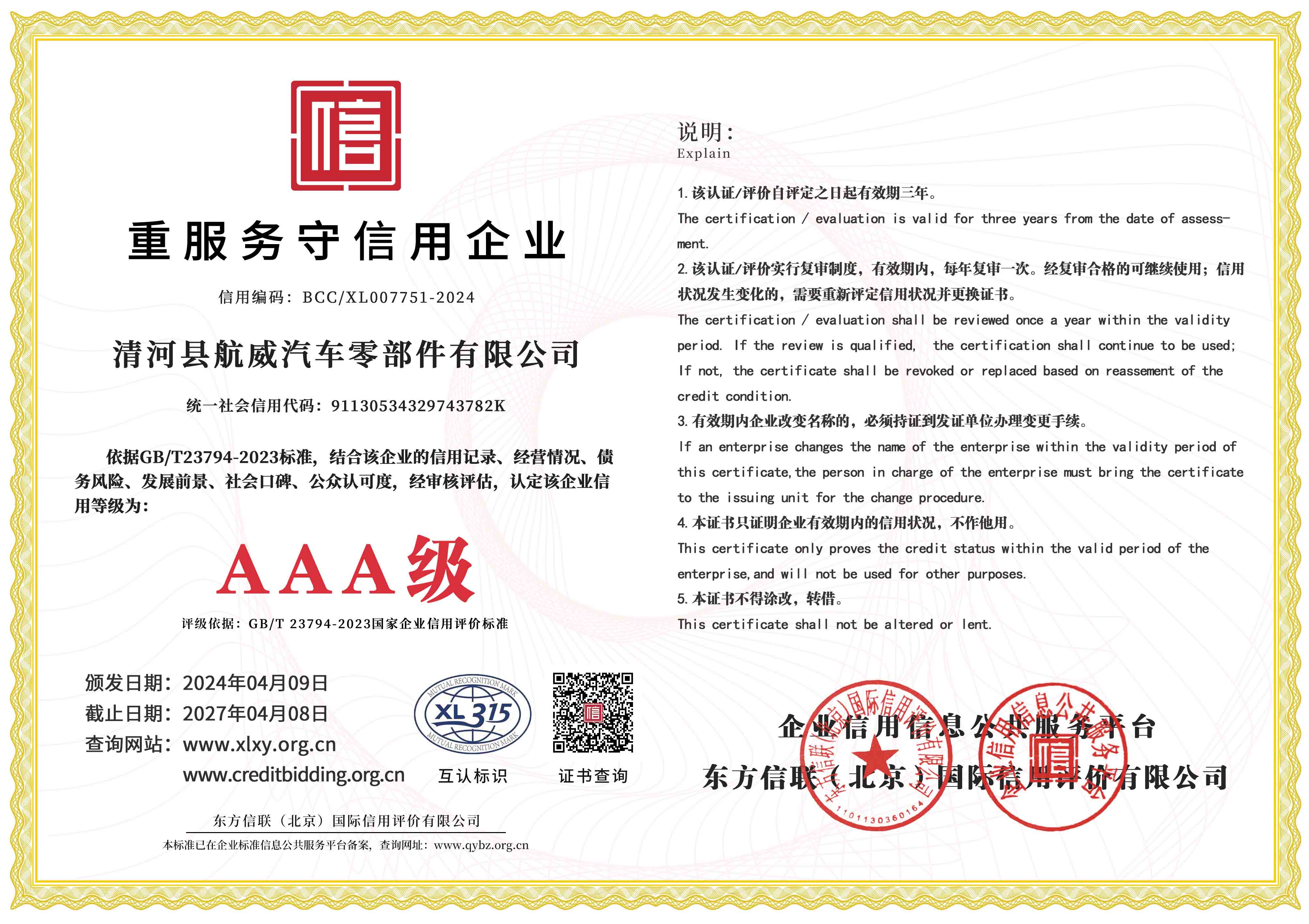hand brake cable
Understanding Hand Brake Cables Importance, Function, and Maintenance
The hand brake, also known as the emergency brake or parking brake, is an essential component of any automotive braking system. It acts as a safety feature, helping to secure a vehicle when parked and providing an extra layer of braking power when needed. Central to the operation of the hand brake is the hand brake cable, a seemingly simple part that plays a crucial role in the overall functionality of the vehicle's braking system.
What is a Hand Brake Cable?
The hand brake cable is a flexible steel wire enclosed in a protective casing, connecting the hand brake lever inside the vehicle to the brake mechanism at the rear wheels. When the driver pulls the hand brake lever, this cable tightens, pulling the brake shoes or pads against the brake disc or drum, thereby creating friction and stopping the vehicle. This mechanism is vital, especially in situations where primary brakes may fail or when parking on an incline.
Importance of the Hand Brake Cable
The importance of the hand brake cable cannot be overstated. Firstly, it serves as a crucial safety feature, ensuring that vehicles remain stationary when parked. This is especially significant for vehicles parked on sloped surfaces, where gravitational forces could otherwise lead to unintended movement. A properly functioning hand brake system allows drivers to trust that their vehicle will stay in place and prevent accidents.
Secondly, the hand brake serves as an additional braking method. In emergency situations where the primary braking system fails, the hand brake can be engaged to slow down or stop the vehicle. While it is not designed for regular use at high speeds, it presents an option for drivers to regain control in critical situations.
Signs of Hand Brake Cable Issues
Like all automotive components, the hand brake cable can wear down over time due to repeated use and exposure to the elements. Drivers should be aware of certain signs that indicate a potential problem with the hand brake cable. These signs include
hand brake cable

2. Ineffective Braking If the hand brake fails to hold the vehicle in place, or if it feels loose when engaged, it is a clear sign that the cable may be malfunctioning.
3. Unusual Noises Any grinding or squeaking noises when the hand brake is applied may point to issues with the cable or the connected components.
4. Visible Damage Periodically inspecting the hand brake cable for fraying, kinks, or rust can help catch problems before they escalate.
Maintenance and Replacement
Regular maintenance of the hand brake and its associated components is essential to ensure safety and functionality. Here are some key tips
- Regular Inspections It is advisable to have the hand brake system inspected during routine vehicle maintenance. Qualified mechanics can assess the condition of the hand brake cable and suggest replacements if necessary.
- Lubrication Applying appropriate lubricant to the cable can help reduce friction and prevent premature wear.
- Replacement If the hand brake cable shows signs of significant wear or damage, it is crucial to replace it promptly. A worn cable can lead to complete failure of the hand brake system, resulting in hazardous situations.
Conclusion
The hand brake cable, albeit a small component of the overall braking system, plays a vital role in vehicle safety and control. Understanding its function, recognizing the signs of wear, and conducting regular maintenance can help ensure that your hand brake system functions effectively. Drivers should remain vigilant and proactive about their vehicle's braking systems, ultimately ensuring both their safety and that of others on the road. The hand brake cable exemplifies how even the simplest parts can impact the overall performance and safety of a vehicle.
-
Workings of Clutch Pipe and Hose SystemsNewsJun.04,2025
-
The Inner Workings of Hand Brake Cable SystemsNewsJun.04,2025
-
The Secrets of Throttle and Accelerator CablesNewsJun.04,2025
-
The Hidden Lifeline of Your Transmission Gear Shift CablesNewsJun.04,2025
-
Demystifying Gear Cables and Shift LinkagesNewsJun.04,2025
-
Decoding Clutch Line Systems A Comprehensive GuideNewsJun.04,2025
